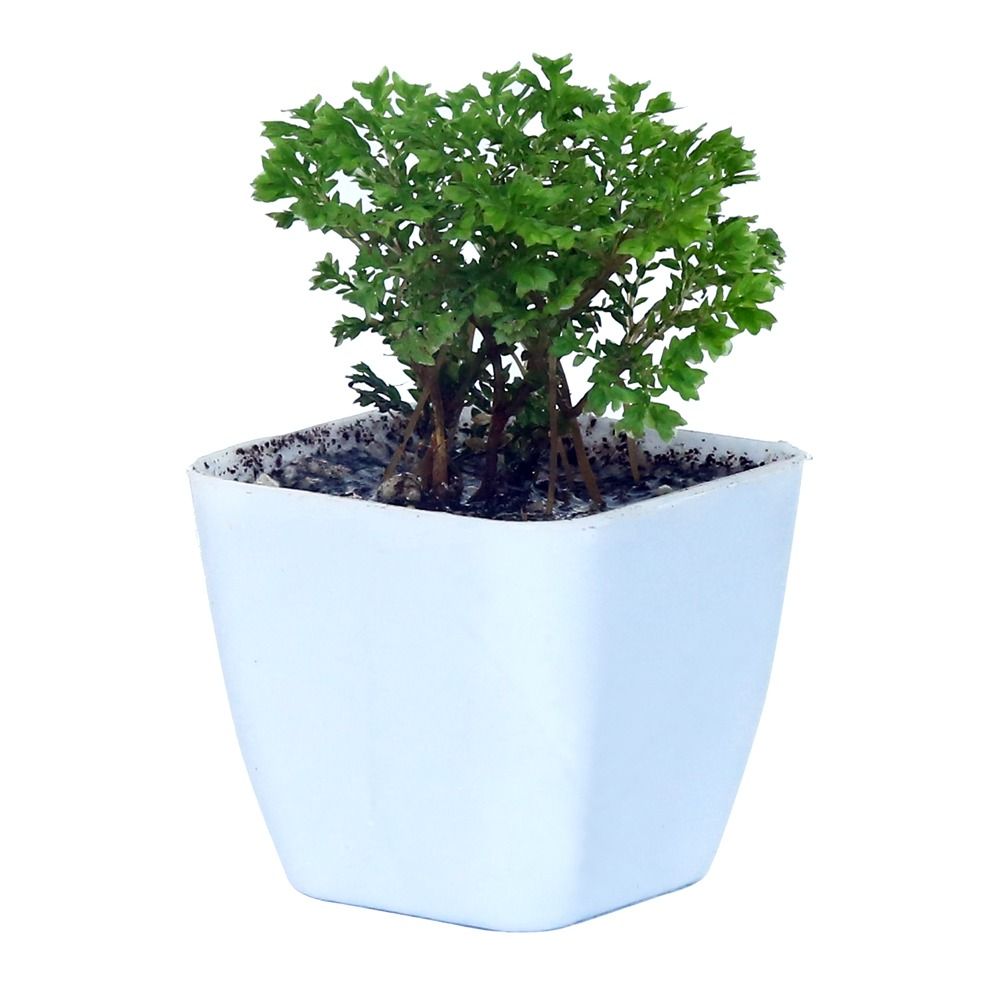Your Aquarium, Delivered.
Looking to build your dream tank? You've come to the right place.
Bunnycart is India's leading aquarium online store - trusted by hobbyists, beginners, and pros alike.
What You'll Find Here
- Live aquatic plants, fresh from our own farm
- Easy-to-grow tissue culture plants
- Healthy, active fish from our online aquarium fish store
- Smart tools and accessories to complete your setup
Why Bunnycart Works
- We're not just an online aquarium store - we grow what we sell
- Expert packing and shipping for live arrival
- Doorstep delivery across India
- Free delivery for Plant orders above ₹ 499
Start Small. Grow Big.
- Pick your plants
- Choose your fish
- Place your order through our aquarium shop online
- Watch your tank thrive
Simple. Safe. Delivered.
You don't need to visit five stores. You don't need to guess what works. With Bunnycart, you get everything in one place - straight from India's most reliable online aquarium store.
Build better tanks. Shop smarter. Begin now with Bunnycart.
Customer Reviews
Testimonials

I wanted to take a moment to express my sincere appreciation for the outstanding quality of aquarium plants I received. The plants arrived in excellent condition—healthy, vibrant, and clearly well cared for. It's evident that great attention goes into your cultivation and packaging process. Thank you for your dedication to quality. I look forward to continuing our association and will certainly recommend your services to others in the aquarium community.
Akshay Lale

guys u are doing a great job , please also add a products including Gravel, acquarium toys if u can add such things it will be so great of you
sravani

Its my first time buying plants for aquarium that too online & got 10 pots & stems from them which was actually cheap than buying loose but I was worried about the types of plants I will receive and delay receiving of plants and my worst fear came true when due to natural calamity my order got delayed but I liked the variety of plants and the way they were carefully packed but still few plants were in bad condition which is not seller's fault they tried their best in packing them so I raised my concern with the seller and they have issued refund for the damaged plants I'll definitely buy from them again just waiting for this mansoon to end
Ankush singh

I am prathamesh first time buying fish from you
Prathamesh a dadmal

I ordered in Mumbai. A really good site to order especially plants. They were healthy, exactly as described, and the quick dispatch made it even better. I immediately ordered more because I was satisfied with the first order. I would definitely recommend it!
Varun Agarwal

I was initially skeptical about how this will be delivered. The packaging was great and good instructions. Very happy and planning to buy more stuff. Keep it up guys, i am sure you can capture the bangalore market!!. Excellent from a cost and service point of view.
Chethan









